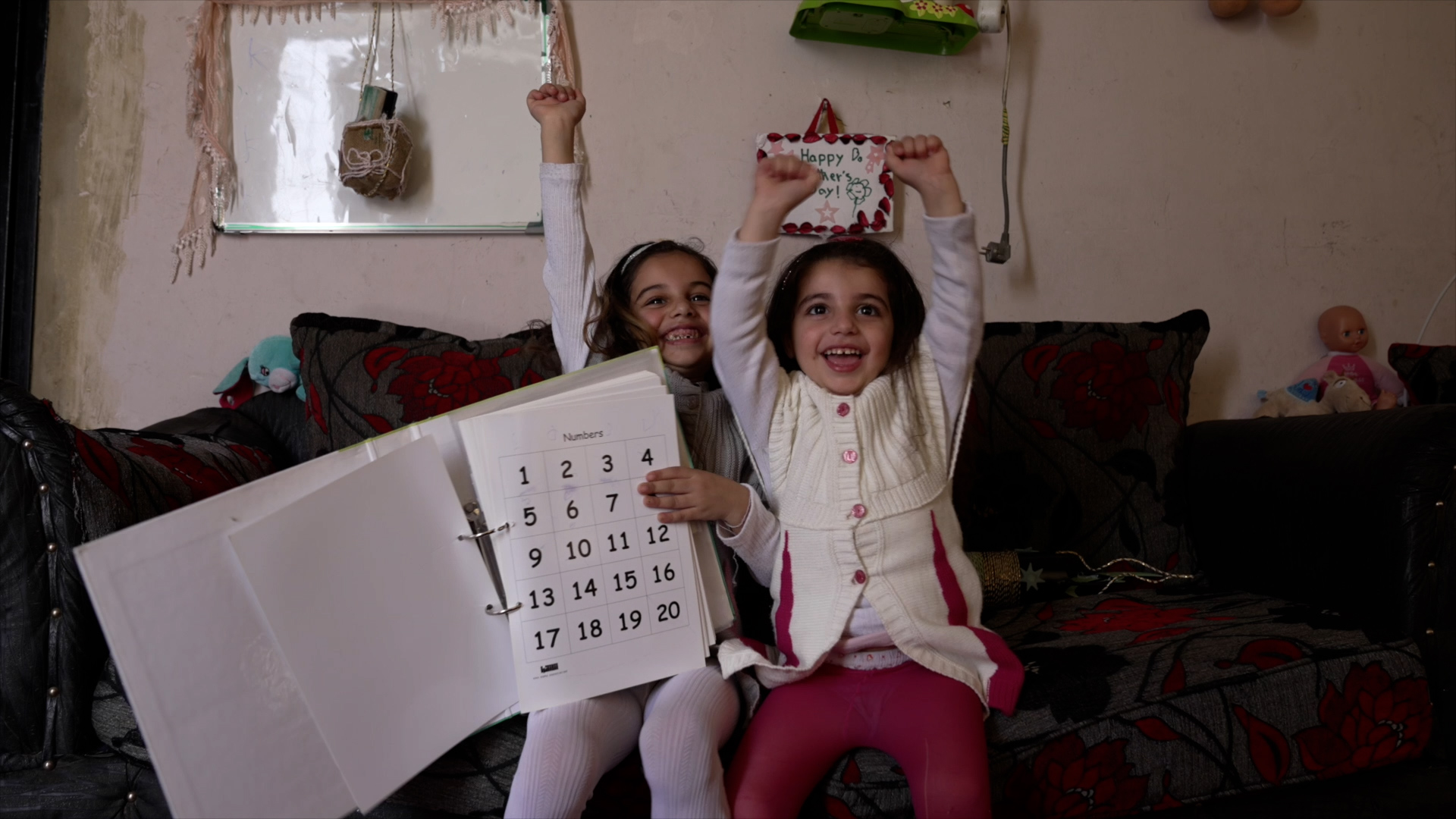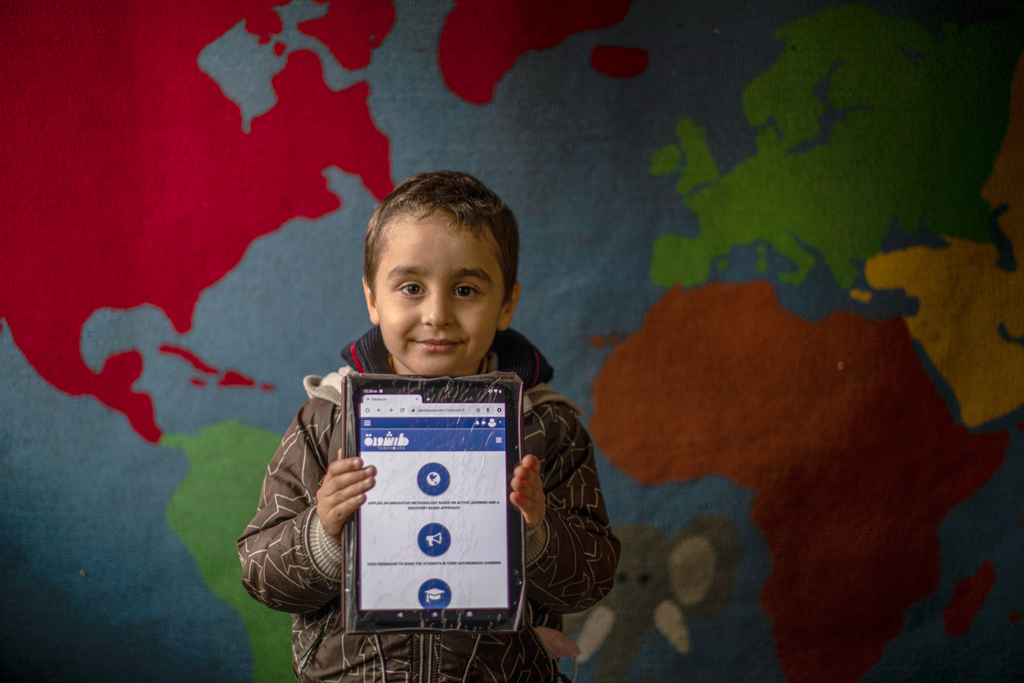
Hunger caused by Kenya drought hits children’s education and health
Barriers to education, Early childhood development, Health and nutrition
The severe and prolonged drought in Kenya has been declared a national disaster - and lack of food is causing malnutrition and keeping children away from school.
Children are being badly affected by the persistent drought that has hit various parts of Kenya since October.
The under-fives in particular are experiencing problems caused by malnutrition such as stunted growth, loss of weight and general wasting.
The drought is also exposing children of all ages to the risk of diseases and other permanent effects that will render them less productive – a problem known only too well by Grace Lokuti, head teacher at Mugie Primary School in Laikipia county.
She said there is fierce competition to get food for children and local families – with some people even resorting to robbery.
“In the first two week of January, no learning took place because of raids – parents fearing for their children took them away from the school,” said Grace.
“Our worry is, if the government doesn’t come and help, education here will collapse. If the parents take away their children, that will be the end of their studies.”
As well as Laikipia country, Samburu, Turkana, Baringo, West Pokot, Tana River, Siaya and Busia counties are the most food insecure in Kenya, according to the Kenya Comprehensive Food Security and Vulnerability Survey (CFSVA) released by the World Food Programme.
Villagers on the outskirts of Laikipia county say the drought has brought the entire area to a standstill.
“We are very hungry and the last time we had a decent meal was in October last year,” said villager Ewoi Esma.
Drought in Kenya
Kenya declared the drought a national disaster on February 10
The UN World Food Programme says it needs $22 million urgently to help provide support including school meals for 428,000 children.
The Kenya Red Cross says about 2.7 million people are in need of food aid after low rainfall in October and November and the next rainy season not due before April.
“The situation got worse until our children could not even go to school because they are hungry. And they go to do small jobs to get something for themselves.
“Even the schools are threatening to close because of the drought.”
According to a recent study by the United Nations children’s agency UNICEF, an estimated 337,292 children under five are expected to require treatment for moderate acute malnutrition (MAM) and 75,300 under-fives will require severe acute malnutrition (SAM) treatment as a result of the drought.
Susan Achotu, a mother in a Laikipia village, fears her six children will starve.
She said the only respite her family gets during the drought is when her six children are in school.
“At least they get to eat lunch when they are in school,” she said.
“They rely on me in the evening when they get home. However, many times we sleep hungry if cannot get money through the sale of items I make from home.”
Experts say this is likely to be the worst drought witnessed in recent years,. More than one million people from the Northern, Eastern and Coastal counties are affected and President Uhuru Kenyatta has declared a national disaster.
More news

